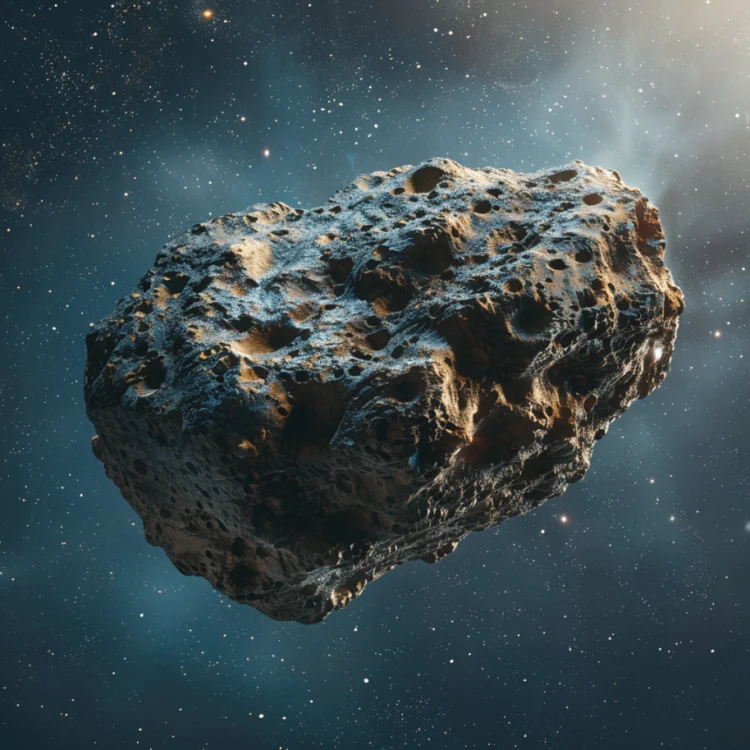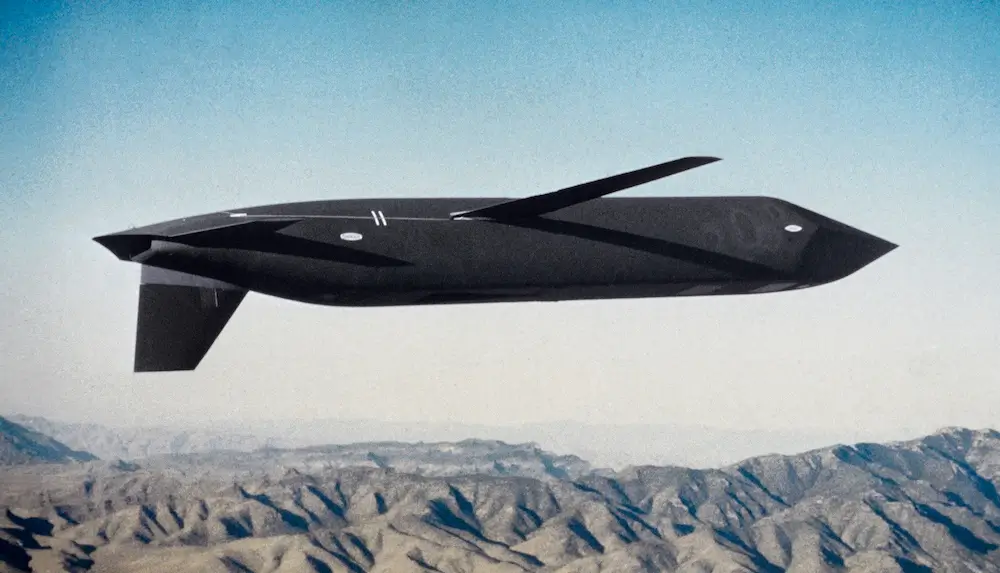For space rock enthusiasts, it’s important to understand that Apophis, a large asteroid measuring 335 meters, will not behave like the cosmic cataclysm that led to the extinction of the dinosaurs. However, there’s no doubt that its arrival could bring destruction of unimaginable proportions. That’s why scientists are on alert, researching all possible scenarios. A key date for this is April 13, 2029, when Apophis will fly extremely close to Earth—just 37,399 kilometers away, and coincidentally, on Friday the 13th. Any small collision with another cosmic body between now and that date could significantly alter its course. A reminder of the power we have over such events came through NASA’s DART mission, which successfully changed the trajectory and appearance of the asteroid Dimorphos.
Benjamin Hyatt, a student at the University of Waterloo and co-author of the research, warns: although unlikely, there is a real possibility that Apophis could be diverted onto a collision course with our planet. This possibility motivates experts to carefully analyze every scenario that could involve Apophis colliding with another asteroid, no matter how small the likelihood. On Friday, April 13, Apophis will approach Earth to within only 40,000 kilometers. Its orbit will be redirected by Earth’s gravity.
For in-depth research purposes, a duo of experts, Hyatt along with Professor Paul Wiegert from Western University, conducted extensive analysis. They meticulously measured the trajectories of over a million asteroids within our solar system. The main goal of their study was to determine the movements of these celestial bodies in the coming years with a special focus on whether any of them could significantly affect the trajectory of the asteroid Apophis. The results were encouraging: the chances of such an event are virtually zero.
Professor Wiegert explained, “Using sophisticated space simulations, we precisely modeled the movements of all known asteroids. Our analysis showed that there is no danger of a collision.” Despite this, the scientific community remains interested in Apophis. Currently, there is the OSIRIS-APEX mission, formerly known as OSIRIS-REx, which has already studied Bennu, an asteroid currently holding the title of the greatest known threat. The mission brought back a wealth of material to Earth, including samples never seen before.
“Asteroid Apophis has attracted the attention of scientists and the public ever since its discovery in 2004. It was the first time we faced a real space threat to our planet,” noted Wiegert, part of the Earth and Space Research Institute team. “Although we now know it will pass us at a safe distance, our interest in it does not wane. It remains one of the asteroids we continuously monitor.” Their study provides additional peace of mind and was published in the Planetary Science Journal and is available on the arXiv platform.









